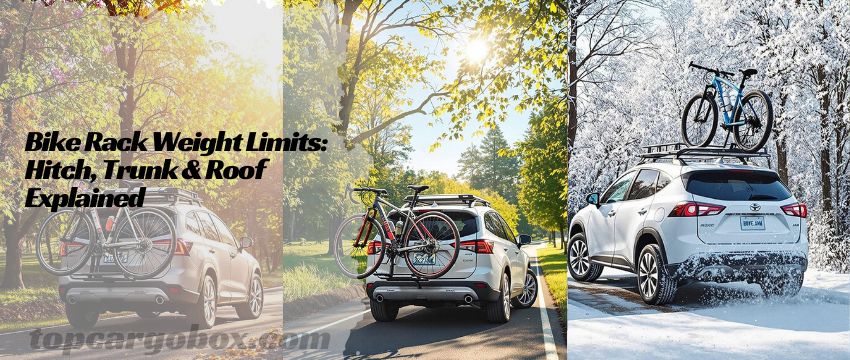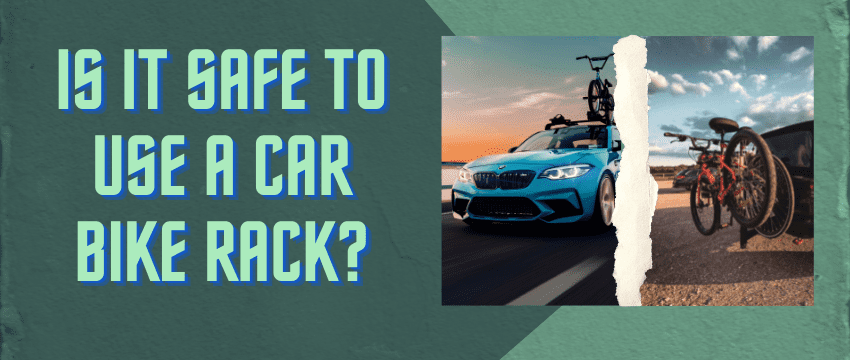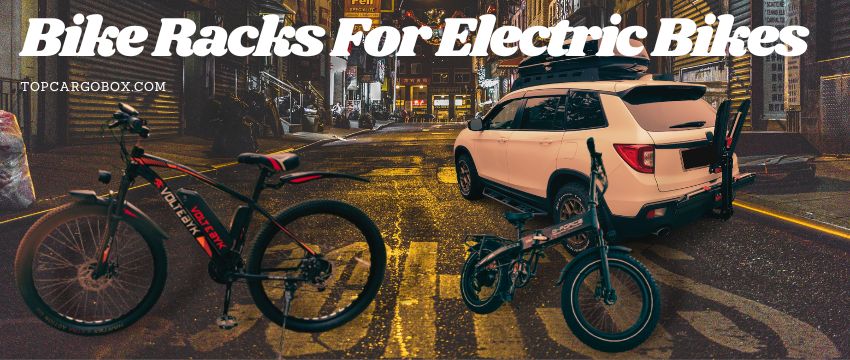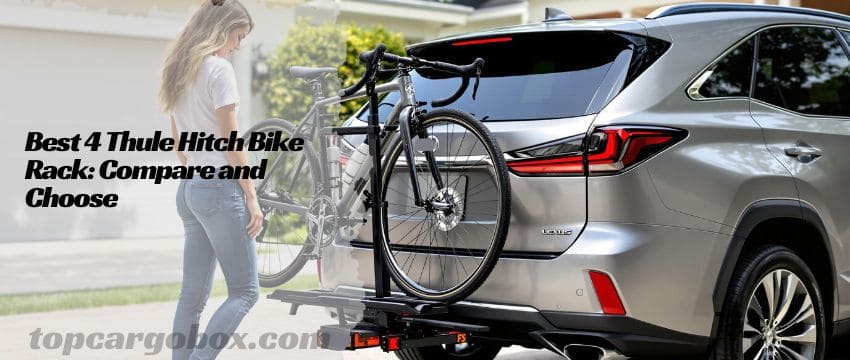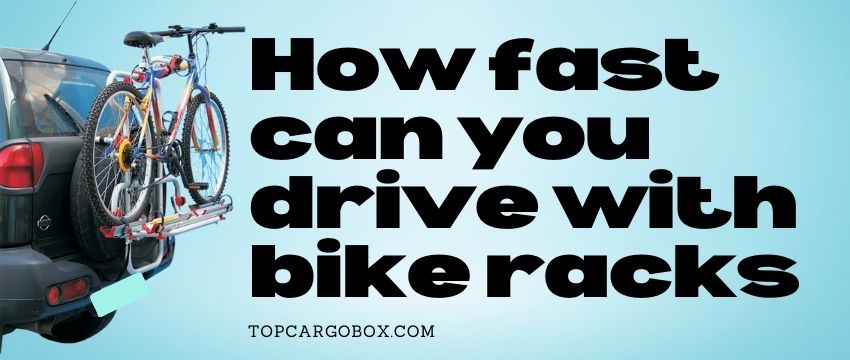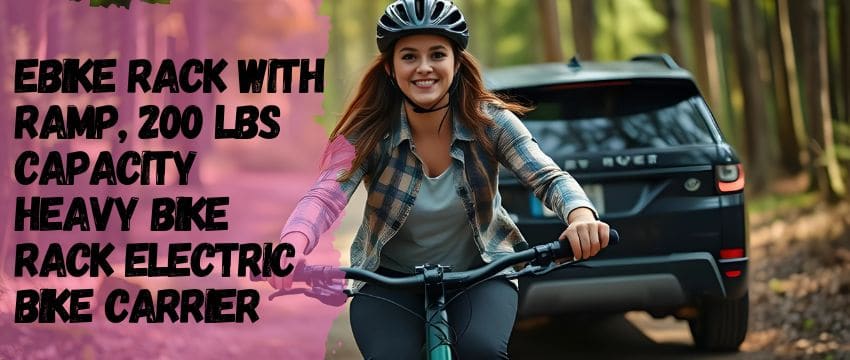How’s it going? Ever packed your bikes for an adventure, only to wonder, “Can this rack actually handle all this weight?” You’re not alone. Overloading racks is super common, and dude, it’s risky—think bent frames, scratched cars, or even bikes tumbling onto the highway. Yikes! That’s why knowing weight limits isn’t just nerdy detail; it’s your ticket to stress-free trips. Let’s break down hitch, trunk, and roof racks so you can haul bikes safely. Trust me, your future self (and your wallet) will thank you!
Why Bike Rack Weight Limits Totally Matter
What’s the worst that could happen if you ignore weight limits? Well, picture this: You’re cruising down the interstate, and clunk—your rack snaps. Suddenly, your sweet mountain bike is skidding across three lanes. Not cool, right? Exceeding limits strains your car’s components, damages paint, and risks accidents. Plus, manufacturers void warranties if you overload. I get it—you might think, “It’s just an extra 10 pounds,” but add wind resistance and bumpy roads? That stress multiplies fast. Legit, sticking to specs keeps you legal too; some states fine you for insecure loads. For real, why gamble?
Hitch-Mounted Bike Racks: The Heavy-Duty Heroes
What Exactly is a Hitch Rack?
Hitch racks attach to your car’s trailer hitch receiver—that square socket near your bumper. They’re like the grunt workers of bike hauling: tough, versatile, and built for heavy lifting. You slide ’em in, secure with a pin, and boom—ready for bikes. Models range from platform styles (bikes sit on trays) to hanging ones (bikes dangle from arms). They’re popular for SUVs and trucks, but hey, sedans with hitches work too. Ever seen those sleek setups at trailheads? That’s probably a hitch rack doing its thing.
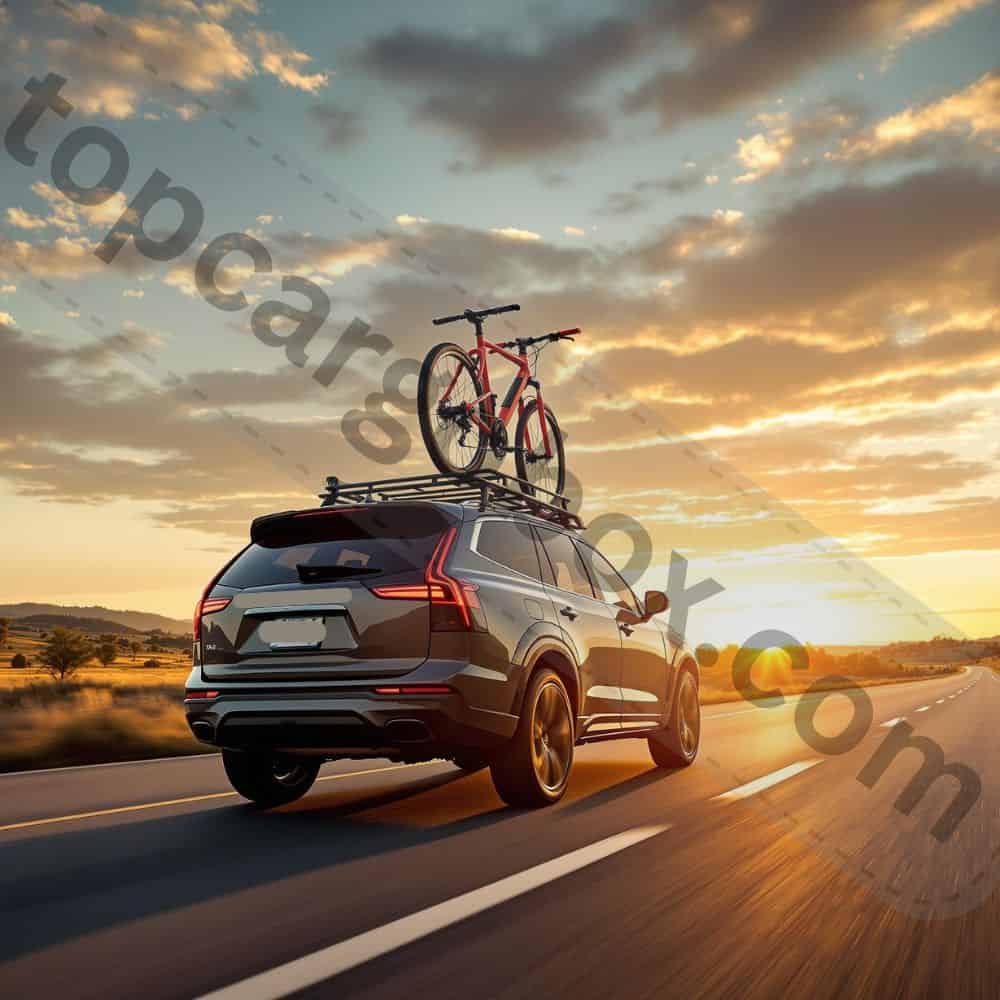
How Much Weight Can Hitch Racks Handle?
Hitch racks dominate for capacity, no doubt. A typical 1.25-inch receiver handles up to 200 pounds (bikes + rack). Upgrade to a 2-inch hitch? Now you’re looking at 350 pounds or more. But check your car’s hitch rating first—it’s the real boss. For example, a Class II hitch might max out at 200 pounds, while a Class III laughs at 500 pounds. Brands like Thule and Yakima push limits; their high-end racks hold 4-5 bikes at 60 pounds each. Dude, that’s like hauling a fridge!
Real-World Hitch Rack Weight Scenarios
Imagine loading two e-bikes (average 55 pounds each) plus a 45-pound rack. Total? 155 pounds—easy for a 2-inch hitch. But toss on a third e-bike? Suddenly you’re at 210 pounds, risking failure on weaker hitches. One buddy ignored this, and his rack bent on a pothole. Cost him $800 in repairs. Bummer, right? Always factor in rack weight and bikes. Pro tip: Weigh your heaviest bike at home. It’s eye-opening!
Pros and Cons of Hitch Racks
Upsides: Killer stability—barely wobbles even off-road. Access your trunk easily (most tilt down). Fits fat-tire bikes, no sweat. Downsides: Pricey ($300-$800). Needs a hitch installed ($200-$500 extra). And yeah, parking? Good luck with that extra length. For a deep dive, peep our best Thule hitch racks guide.
Trunk-Mounted Bike Racks: The Budget-Friendly Option
Understanding Trunk Rack Basics
Trunk racks hook onto your car’s trunk or hatch using straps and hooks. They’re lightweight, affordable, and install in minutes—no hitch required. Perfect for occasional users or compact cars. Bikes usually hang vertically from arms, which can feel sketchy with bulkier frames. They work on sedans, hatchbacks, and some SUVs, but check compatibility. Ever rented one for a weekend trip? They’re everywhere for a reason.
Trunk Rack Weight Limits: Don’t Push It!
These racks aren’t gym buddies. Most cap at 2-3 bikes and 100 pounds total (rack included). Exceed that? Straps stretch, hooks bend, and paint gets shredded. For example, a basic Allen Sports rack holds just 65 pounds. Load two 35-pound hybrids? You’re already at 70 pounds before the rack’s weight. Yikes! Even premium ones like Thule’s trunk models max out at 120 pounds. Seriously, weigh everything—it’s not worth the risk.
When a Trunk Rack Might Let You Down
SUV owners, listen up: Your steep hatch angle can make racks sag. I saw a Jeep Grand Cherokee overloaded with three bikes—straps snapped on a hill climb. Total nightmare! Also, carbon frames? The hooks can crush ’em. And forget trunk access; unloading bikes is a puzzle. For SUVs, consider a hitch instead. We’ve got trunk vs. hitch wobble tests if you’re curious.
Roof-Mounted Bike Racks: The Space-Saving Solution
Roof Racks 101: How They Work
Roof racks use crossbars mounted on your car’s roof rails. You attach bike carriers (fork-mount, wheel-mount, or trays) to those bars. Bikes sit upright, freeing up your trunk and hitch. They’re sleek and handle rough terrain, but lifting bikes overhead? Not fun after leg day. Ideal for folks with garages (low clearance alert!).
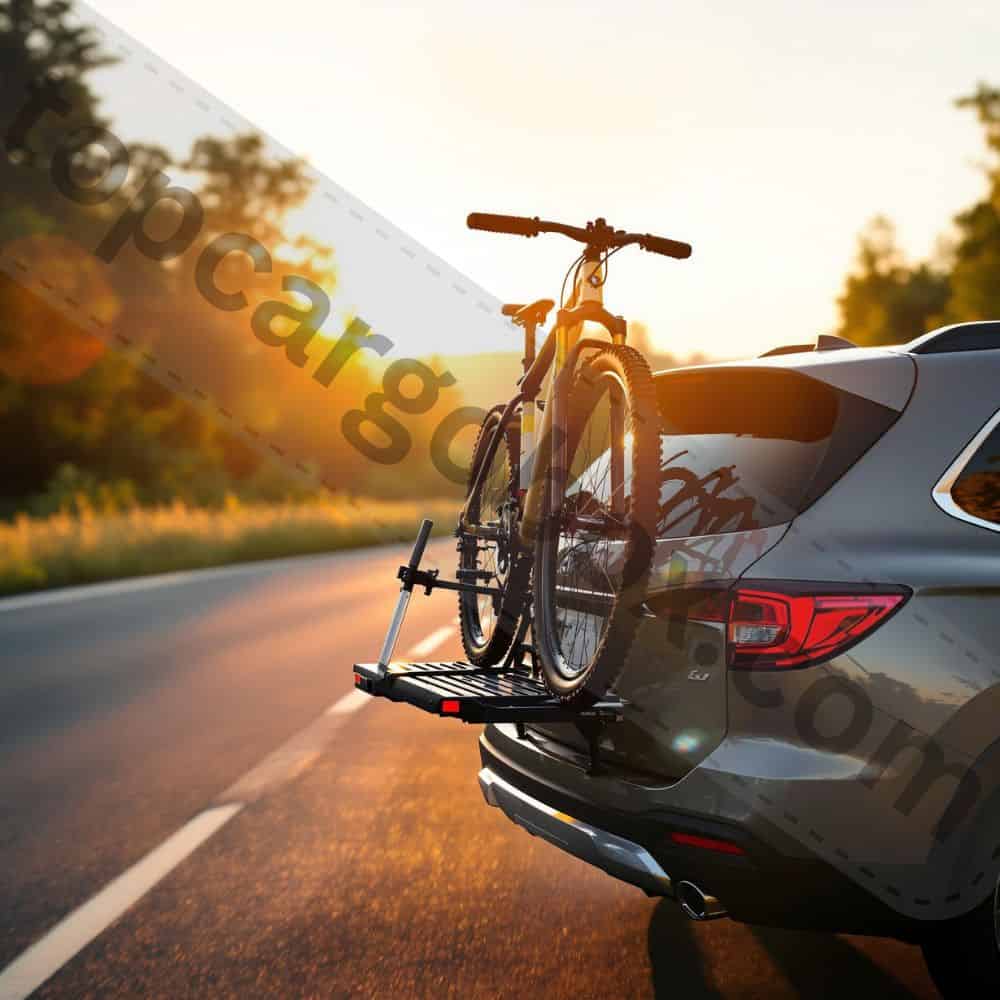
Roof Rack Weight Limits: Look Up!
Capacity depends on your car’s roof rating—often 100-200 pounds. But carriers add weight too! A typical Yakima HighRoad holds 45 pounds per bike. So two bikes + carrier = ~100 pounds. Push to three bikes? You’re flirting with 150 pounds, straining weaker roofs. Exceed this, and hello dented roof panels. Always check your vehicle manual—Subarus might handle less than a truck.
The Good and Bad of Roof Racks
Perks: Zero rear obstruction, great for tiny cars. Handles any bike style. Drawbacks: Kills MPG—up to 25% loss from drag! Forget drive-thrus or low bridges. Loading heavy e-bikes? That’s a backache waiting to happen. Curious about fuel costs? Our bike rack MPG guide spills the tea.
How to Choose the Right Rack for Your Ride
Feeling overwhelmed? Totally normal. Start with your car: Got a hitch? Score! No hitch? Trunk or roof. Next, bike types: E-bikes or downhill monsters? Hitch or roof. Budget tight? Trunk racks start under $100. And hey, check state laws—some require visible plates or lights. Still stuck? Our cheap vs. fancy rack breakdown helps.
The Big Bike Rack Specs Table
Here’s the lowdown in plain text:
Rack Type | Typical Weight Limit | Max Bikes | Key Features | Best For |
|---|---|---|---|---|
Hitch | 200-350 lbs | 2-5 | Tilt access, no roof clearance | SUVs, frequent travelers |
Trunk | 65-120 lbs | 2-3 | Affordable, no install | Sedans, occasional use |
Roof | 100-200 lbs (car dependent) | 2-4 | No rear obstruction, versatile | Small cars, off-roaders |
Don’t Forget These Crucial Safety Tips
First, clean contact points—dirt weakens grip. Second, use extra straps for long hauls; wind is sneaky. Third, check bolts monthly; vibration loosens ’em. Fourth, balance weight evenly. Tilted rack? Red flag! Lastly, test drive locally before highways. Found a weird wobble? Our Yakima RidgeBack review tackles stability fixes.
Wrapping It Up: Stay Safe and Enjoy the Ride
Look, weight limits aren’t about ruining your fun—they’re about protecting your gear and others on the road. Match your rack to your ride, double-check specs, and you’ll avoid 99% of disasters. Still unsure? Browse our guides or hit the comments. Now go crush those trails!
Which is better hitch or trunk bike rack?
Hitch racks win for stability and capacity, hands down. They wobble less, handle heavier bikes like e-bikes, and let you access your trunk easily. Trunk racks? They’re cheaper and hitch-free but struggle with weight and can damage your car. If you haul bikes often, invest in a hitch rack. For occasional trips on a budget, a trunk rack works.
How many pounds can a Thule bike rack hold?
It depends on the model. Thule’s trunk racks (like the Passage) hold up to 120 pounds. Their hitch racks? The T2 Pro XTR boasts 235 pounds. Roof carriers vary, but the SideArm handles 45 pounds per bike. Always check your specific model’s manual—Thule’s site lists exact limits. Exceeding these voids warranties, so play it safe!
Can I use a trunk mount bike rack on an SUV?
Technically yes, but it’s risky. SUVs have steeper hatches, so racks sag more under weight. Many manufacturers warn against SUVs due to strap length and stability issues. If you try it, pick one designed for SUVs and never max out capacity. Honestly, hitches are safer—check out Thule’s SUV-friendly trunk racks if you’re determined.

What are the different types of car bike racks?
You’ve got three main types: hitch (mounts to trailer hitch), trunk (straps to rear), and roof (uses crossbars). Hitch racks split into platform and hanging styles. Roof racks include fork-mounts and trays. Less common are spare-tire mounts or truck-bed racks. Each has pros and cons—weight, cost, and ease of use vary wildly.
What are the three types of racks?
The big three are hitch-mounted, trunk-mounted, and roof-mounted. Hitch racks attach to your car’s rear hitch receiver. Trunk racks strap onto your trunk or hatchback. Roof racks require crossbars and carriers. These cover 95% of setups—pick based on your car, budget, and bike weight!
Our team is creating outdoor-gear relevant articles with passion. If our articles can help you to find the correct solutions for your questions, we will be happy about that. In the content creation process, we usually collect accurate and useful information online or offline to compile our content in an organized way. Consequently, we can guarantee that you can discover some expected answers to your questions. We appreciate your time on our site.

